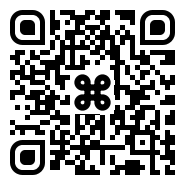|
Brood
Period
Modern
Category
Board, Space, Group
Description
Brood is a polyhex-matching game for two players – Black and White – played on an initially empty hexhex board. Michael Amundsen invented Brood in May 2022.
Rules
Definitions:
1 A group is a stone along with all stones one can reach from it through a series of steps onto adjacent stones of the same color.
1.1 The size of a group is the number of stones in it.
2 A brood is a group along with all other groups of identical color, size and shape. Shapes are considered identical across symmetries (just like in Bug).
2.1 The size of a brood is the number of groups in it.
2.2 The order of a brood is the size of the groups in it.
2.3 The mass of a brood is the number of stones in it (its size times its order).
Play:
On the very first turn of the game, Black places one stone of their colour on any hex.
After, that – starting with White – take turns doing one of the following:
- Pass.
- Place two stones of your colour on empty hexes.
When the players pass consecutively, the winner is the player with the higher score.
Scoring:
For each of your broods, you score its mass multiplied by the lesser of its size and its order.
For example, if a brood consists of 2 groups of size 3, it is worth 12 points. Its order is 3, its size is 2 and its mass is 6. Since 2 is smaller than 3, the brood is worth 6*2 = 12.
Author
Michael Amundsen
Creation date
2022
Ludeme Description
Brood.lud
Concepts
Browse all concepts for Brood here.
Similar Games
Identifiers
DLP.Games.1601

|